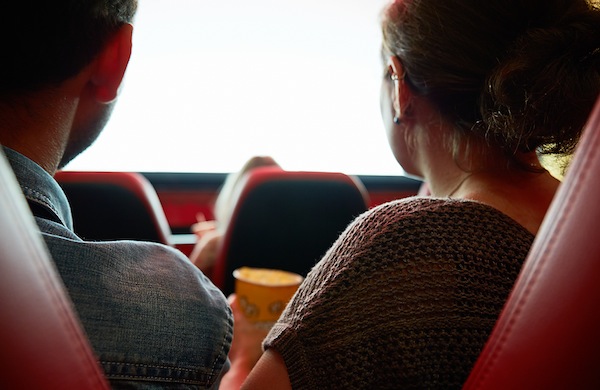
Whether you’re a film buff or just need to escape the muggy summer weather in Saint Louis, movies are a great option for entertainment. And there are plenty of movie theatres in St. Louis that fit the bill, from the Tivoli Theatre for indie flicks to MX Movies, where you can order snacks and beer directly from your seat while watching the latest blockbuster.
While some people go to the movies for the popcorn, most are there for the cinematic experience. Part of what makes that experience so captivating is the immersive audio that seems to come from everywhere around you. It’s this surround-sound technology that helps viewers further dive into the story onscreen by creating a more true-to-life, 360-degree audio experience. Read on to learn how surround sound helps create the believable, dynamic audio you’ll hear during your next trip to a St. Louis movie theater.
More Immersive Audio
Movie audio has come a long way since the 1920s and '30s, when talkies used only one speaker at the front of the theater for their audio. With surround sound, filmmakers have more control over where the sounds of their movies come from in a theater and are thus able to create movies with more realistic audio. When a movie’s audio is recorded, it’s split into different channels, which send the audio to speakers situated throughout the theater. Speakers in the front and center usually handle dialogue and soundtracks, while those on the sides and in the rear produce sound effects and background noises. This setup is what makes a TIE fighter in Star Wars actually sound like it’s zooming into a shot from behind the camera.
Dolby Atmos: The Next Step in True 360-Degree Sound
Today, more theaters across the country are installing Dolby Atmos, the latest advancement in surround sound. With Atmos, up to 64 speakers line theaters, helping envelop the crowd in sound; there are even speakers mounted to the theater’s ceiling. Instead of audio being coded into the broad channels that standard surround sound uses to send the same audio information to multiple speakers, each of the speakers in an Atmos system gets a dedicated channel. Specific noises and sounds can then be sent to a specific speaker or group of speakers, helping audience members pinpoint the exact source of a door creak or giraffe whisper.
Quick Facts About Surround Sound
- The first film to use a version of surround sound was Walt Disney’s Fantasia in 1941.
- Only two theaters in the country could afford Disney’s surround system, which featured 54 speakers.
- Dolby Laboratories invented modern surround sound in the '70s by recording audio on multiple channels and sending each channel to different speakers placed around the theater.
- Surround sound is technically a Dolby proprietary term but is generally used to describe any multiple-speaker arrangement.






